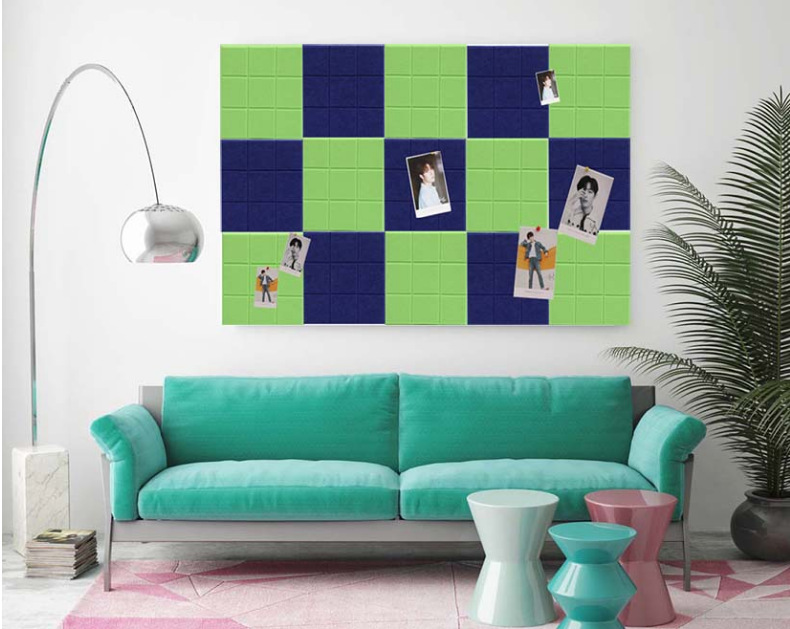The Art of Sound Deadening A Comprehensive Overview
In a world where noise pollution is increasingly prevalent, the importance of sound deadening cannot be overstated. Whether in our homes, workplaces, or vehicles, controlling sound is essential for comfort and mental well-being. Sound deadening is not merely a practical necessity but also an art that involves a blend of materials, techniques, and aesthetics to create environments conducive to peace and productivity.
Understanding Sound Deadening
Sound deadening refers to the process of reducing the transmission of sound from one area to another. This can involve mitigating both airborne sound—like voices and music—and impact sound, which is caused by physical vibrations—like footsteps or the sound of machinery. The effectiveness of sound deadening hinges on a variety of factors, including the materials employed, the layout of the space, and the intended use of the area.
Key Materials
Various materials are utilized in sound deadening, each with unique properties that contribute to noise reduction. Common materials include
1. Acoustic Foam Known for its porous structure, acoustic foam absorbs sound waves, thus decreasing echo and reverberation in a room. This makes it ideal for recording studios, home theaters, and any space where sound quality is paramount.
2. Mass Loaded Vinyl (MLV) This dense, flexible material is excellent for blocking sound. It can be installed on walls, ceilings, and floors, making it versatile for both residential and commercial applications.
3. Fiberglass Insulation Not only does fiberglass serve as an insulator for temperature, but it also acts as a sound dampener. It is commonly used in walls, ceilings, and attics, helping to minimize sound transmission between rooms.
4. Carpets and Rugs Soft flooring options, such as carpets and rugs, can drastically reduce impact noise and help absorb airborne sound, making them ideal for both homes and offices.
5. Curtains Heavy, thick curtains can also serve a dual purpose—blocking external noise while enhancing the aesthetic value of a room.
sound deadening art

Techniques for Effective Sound Deadening
Implementing sound deadening effectively requires a strategic approach. Here are some techniques commonly used by professionals
- Sealing Gaps One of the simplest yet most effective methods is to seal cracks and gaps around windows, doors, and electrical outlets. This prevents sound from leaking in or out.
- Layering Similar to layering clothing for warmth, layering different sound-deadening materials can maximize effectiveness. For instance, combining acoustic foam with curtains can provide substantial noise reduction.
- Floating Floors In large spaces, particularly commercial ones, installing floating floors—where the flooring is not directly attached to the subfloor—can significantly reduce sound transmission from foot traffic.
- Decoupling This method involves using techniques that separate surfaces, such as walls or ceilings, to disrupt sound waves, preventing them from passing through. Resilient channels or sound isolation clips are commonly used in this technique.
Aesthetic Considerations
Sound deadening doesn’t have to be unsightly; in fact, it opens up a palette of design opportunities. Acoustic panels, for instance, can be mounted as art pieces on walls. They come in various colors, shapes, and sizes, allowing homeowners and designers to integrate them seamlessly into their aesthetic vision. Furthermore, the choice of rugs and curtains can flow with a room's theme, allowing sound control to merge with style and function.
Conclusion
In conclusion, sound deadening is both a science and an art. With an array of materials and techniques available, it is crucial to select the right combination to achieve optimal results. As we continue to navigate a noisy world, understanding and implementing sound deadening methods becomes ever more significant, not just for peace but also for fostering an environment where creativity and productivity can thrive. Whether in your home, office, or car, sound deadening provides a sanctuary where the mind can reflect, relax, and rejuvenate amidst the chaos of external noise.
